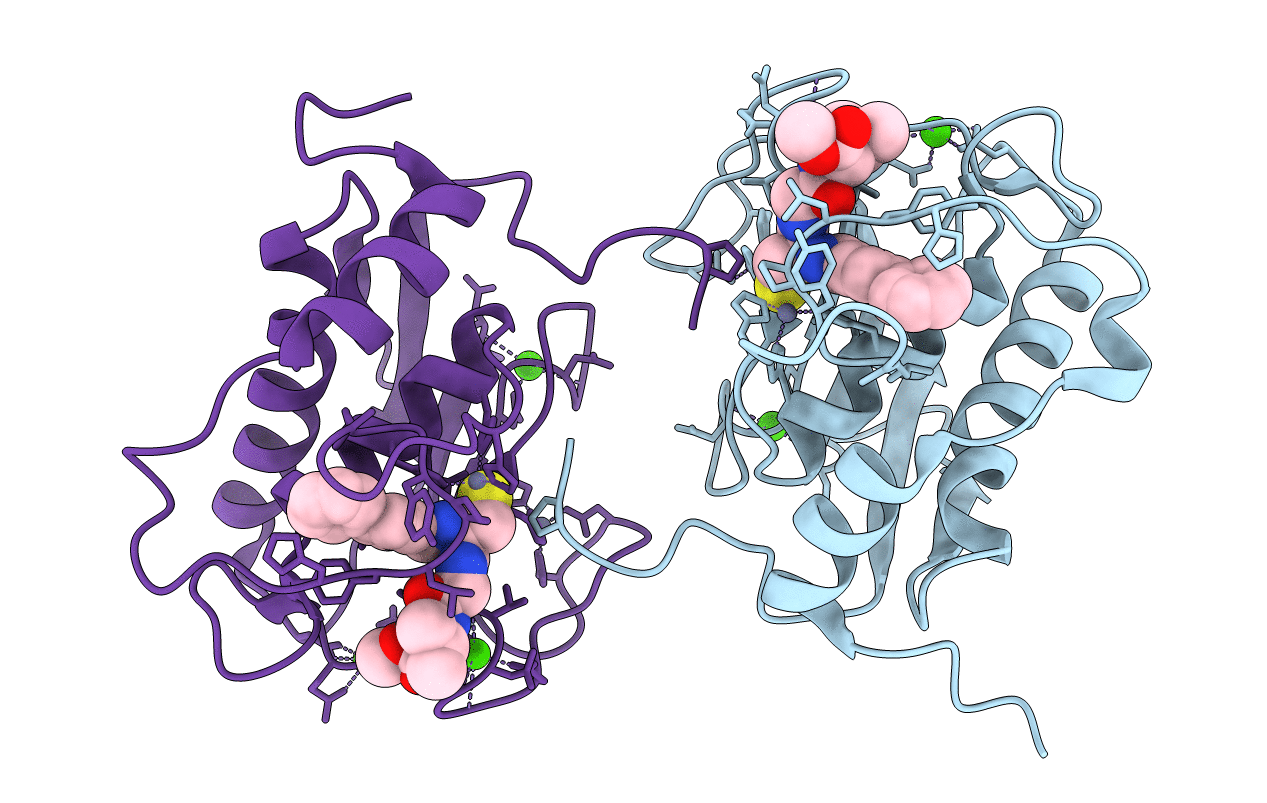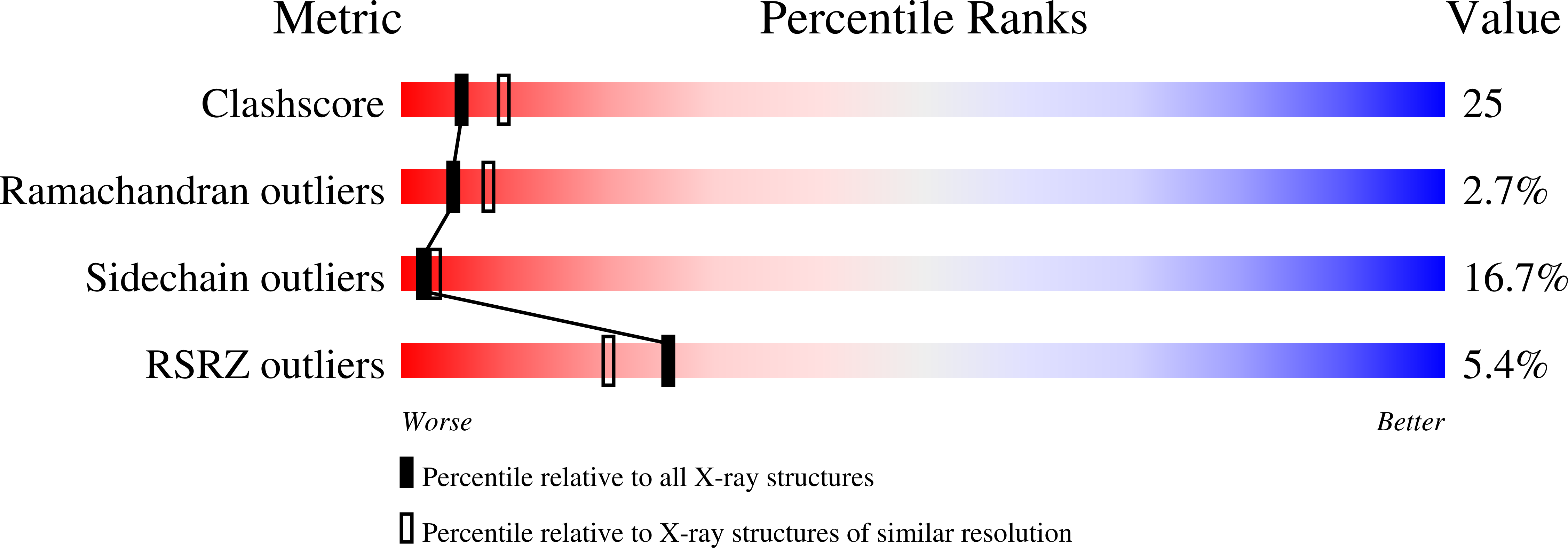
Deposition Date
1999-07-29
Release Date
2000-07-19
Last Version Date
2024-03-13
Entry Detail
PDB ID:
1C8T
Keywords:
Title:
HUMAN STROMELYSIN-1 (E202Q) CATALYTIC DOMAIN COMPLEXED WITH RO-26-2812
Biological Source:
Source Organism:
Homo sapiens (Taxon ID: 9606)
Host Organism:
Method Details:
Experimental Method:
Resolution:
2.60 Å
R-Value Observed:
0.22
Space Group:
P 21 21 21


